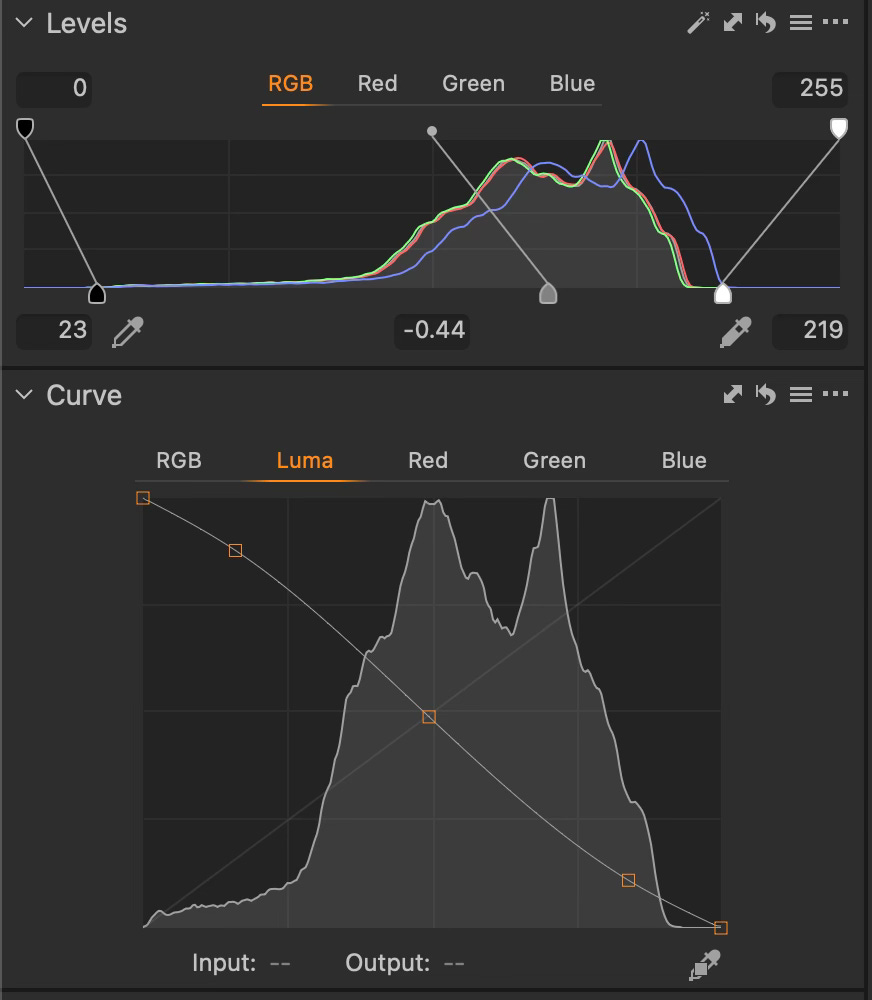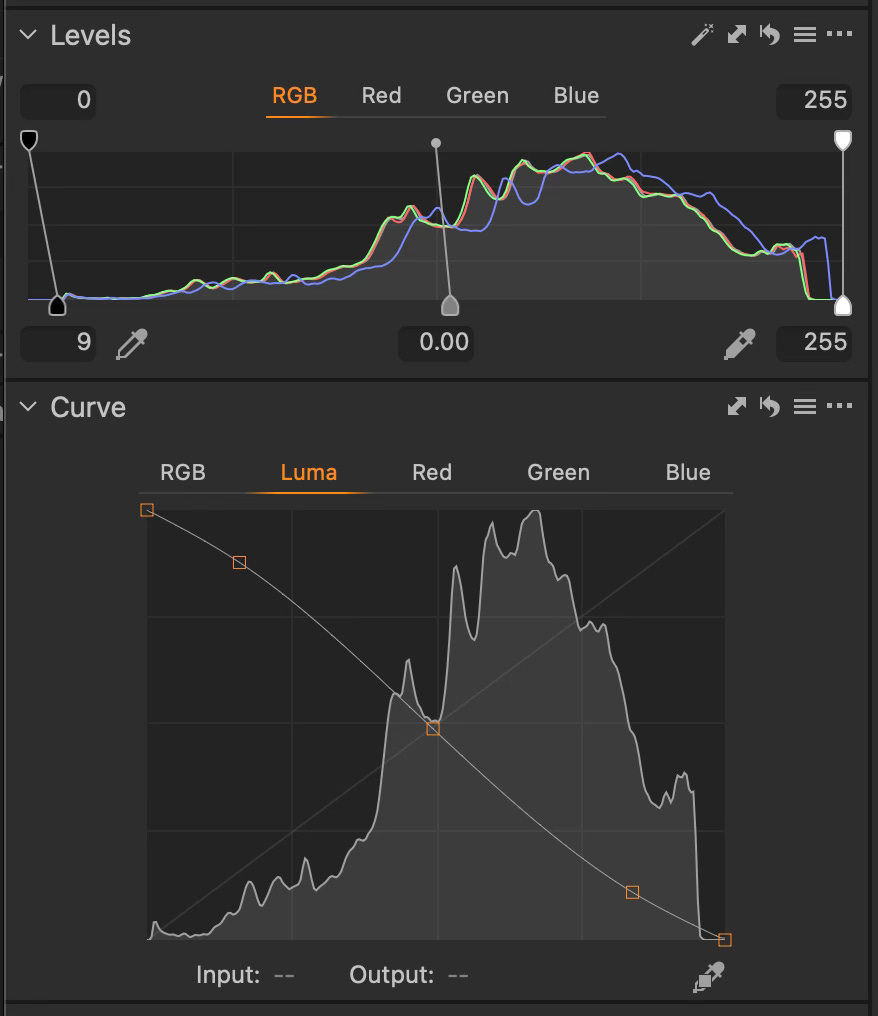So, I’ve had this bulk roll of Tri-X for a LONG while now. It probably “expired” before we left our last house, which was almost ten years ago now. At first glance, this film lost some contrast, but is still quite usable.
The biggest problem I had with this roll was that I didn’t think it was winding on and so I shot about 5 shots while I was walking down the Academic Podium at the University until I saw the rewind knob start turning.
Say what you will about the Canonet, but I love those two little indicators on the back. Is the shutter charged? RED if yes. Is the film moving? There’s a little red/white pattern that moves if yes. I think these are GREAT usability improvements over most cameras. I’m sure at a complexity cost though.
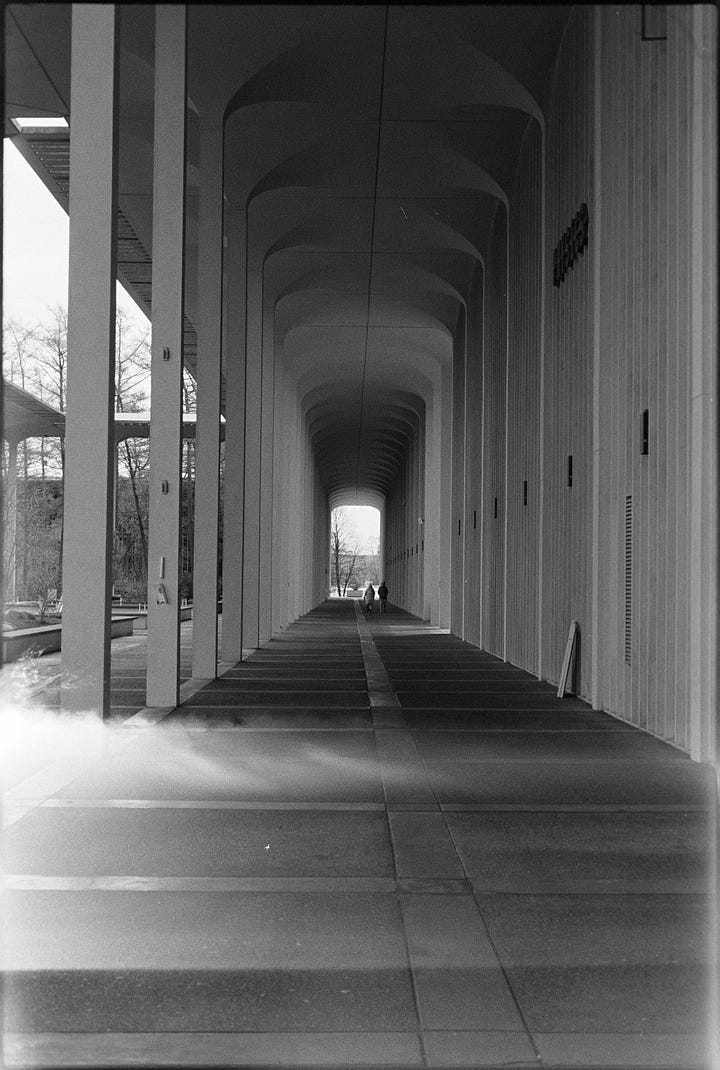
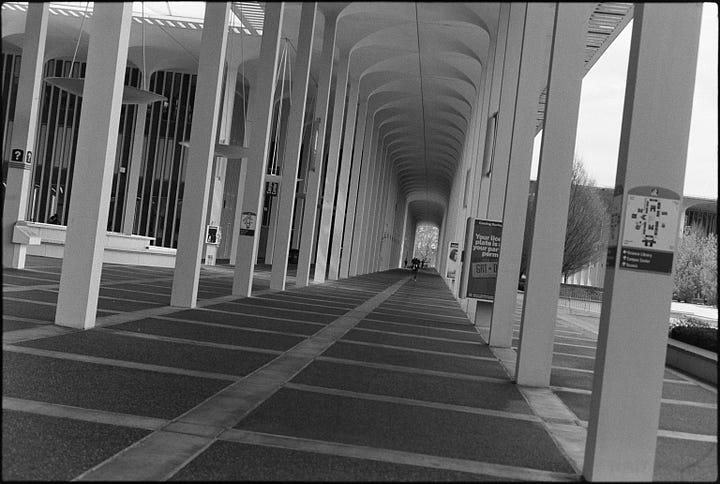
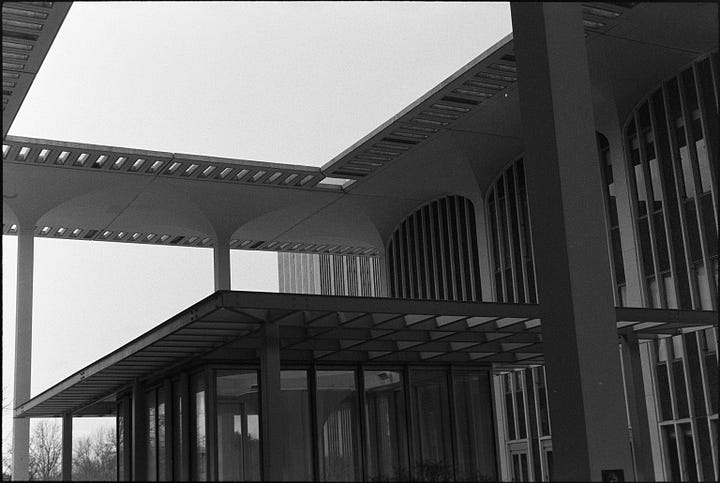
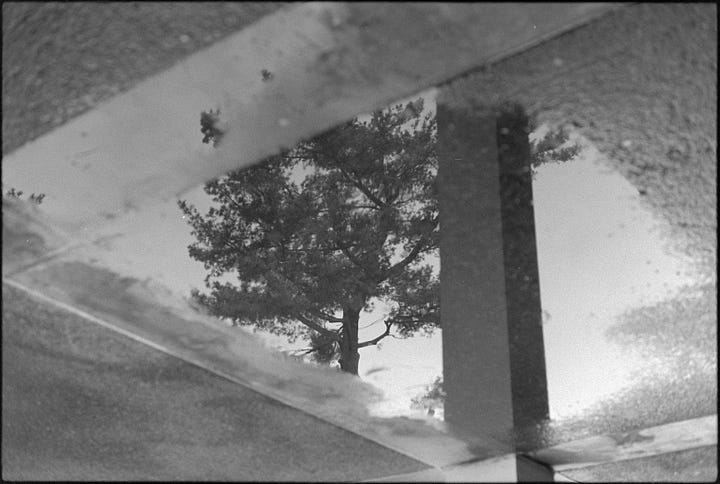
I shot this roll at ISO200, without any sort of instructions to the lab, though maybe I should take that roll back and show them the results, and ask if *they* think if I can make the next ones any better. Highlight detail was retained pretty well, but the shadows get lost pretty fast now. It’s a shame because I had a couple frames that I would have been happy to pull more shadow detail out of.
I took the camera out for my normal walks, and aside from the aforementioned low contrast, I got some pretty normal/good shots. It took a little bit of work to pull those relatively normal shots out, but not a LOT more than usual. Maybe that just says something about how I process my black and white scans, or the film, but… here we are. 😸
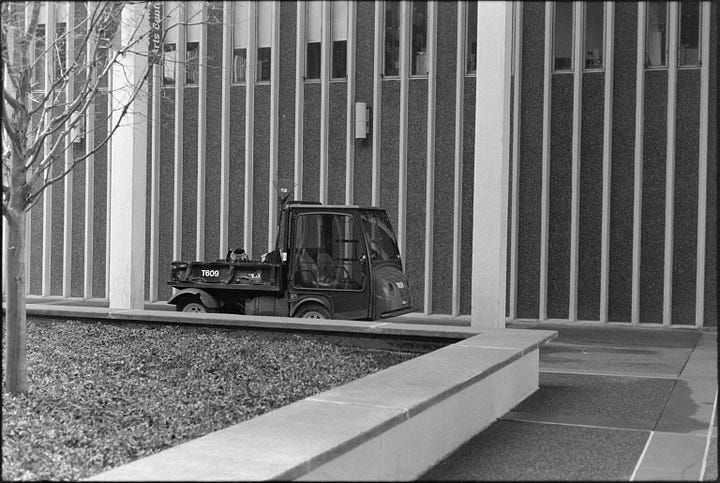
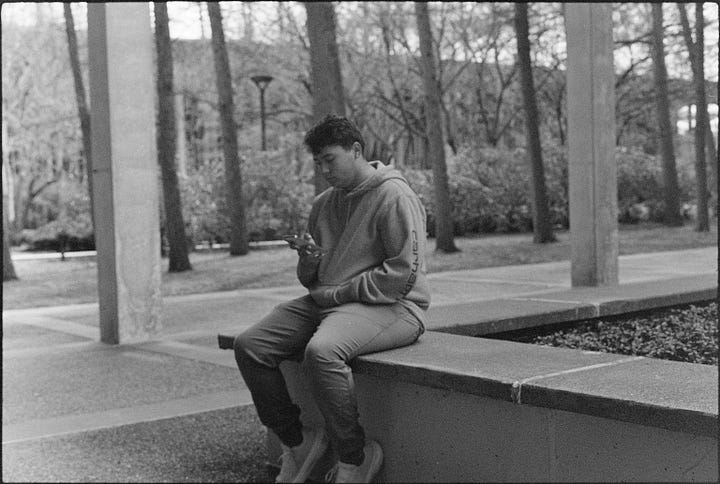
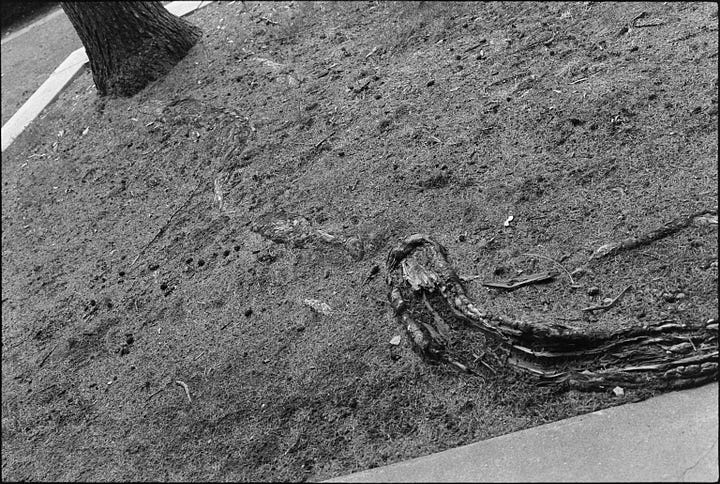
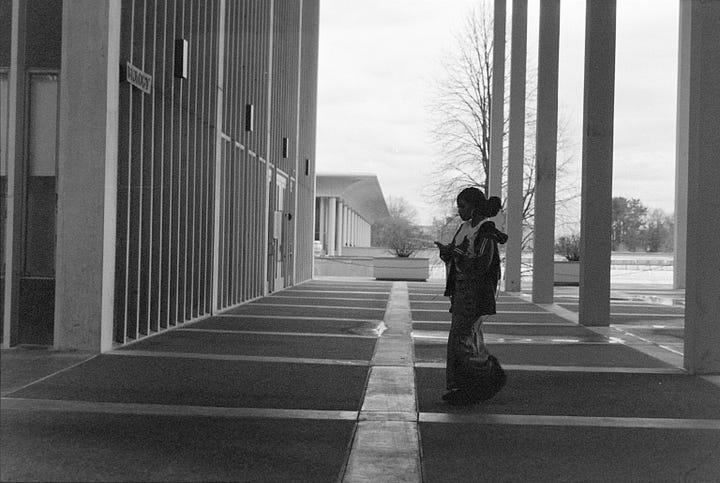
That last shot in the set here would probably have had a little more recoverable detail in the shadows, which would have made me happy. But overall, it was a very serviceable roll of film!

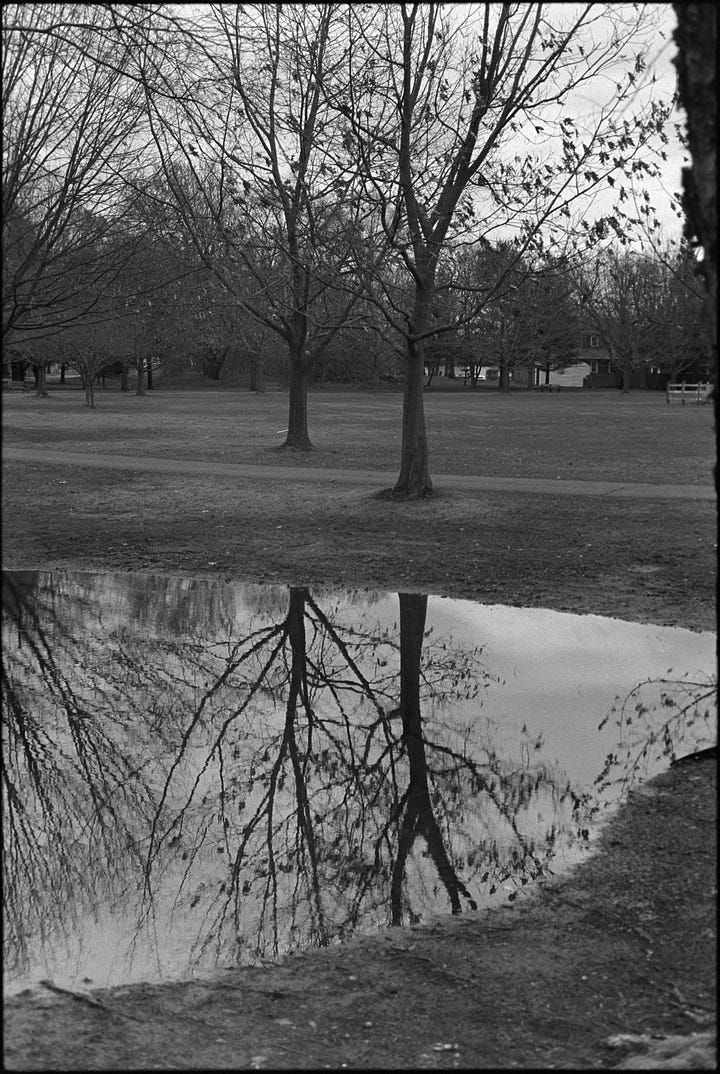
At least half of this roll was shot around the University, because of the previously mentioned issue (me not knowing if it was loaded properly), and my penchant for taking walks there. They’re still somewhat interesting, as shots at the university usually are, to me at least.
The other roll of Tri-X was fresh, shot at box speed, and shows a lot more contrast.
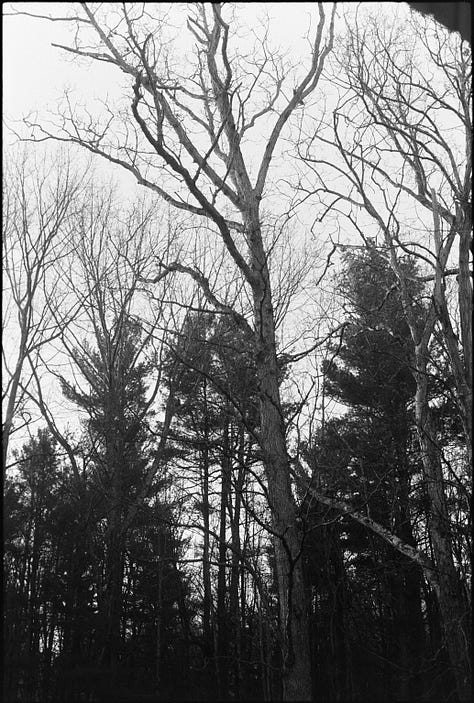
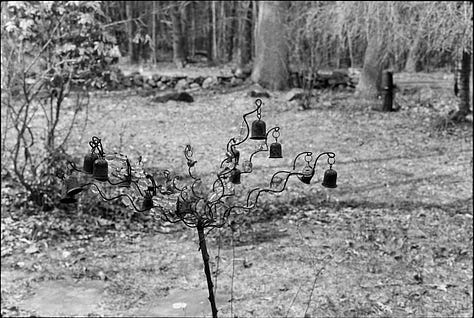
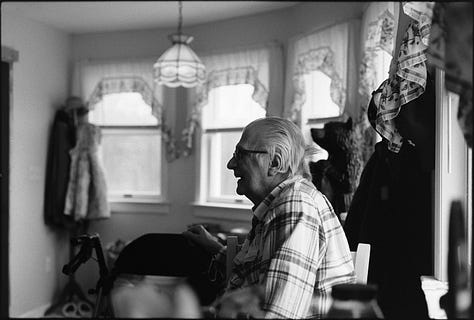
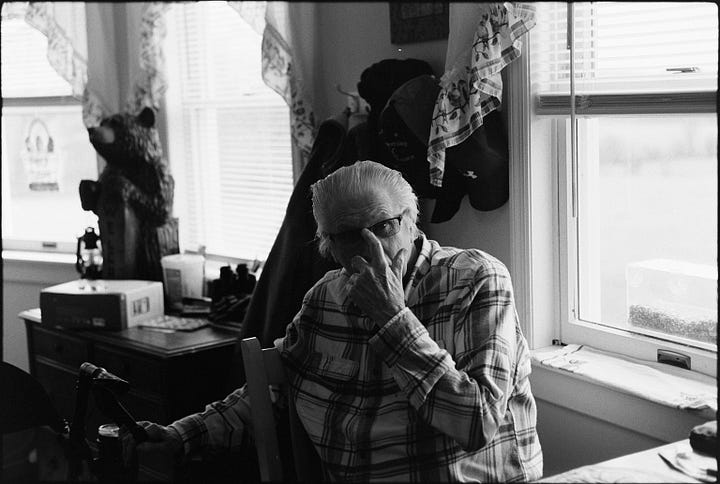

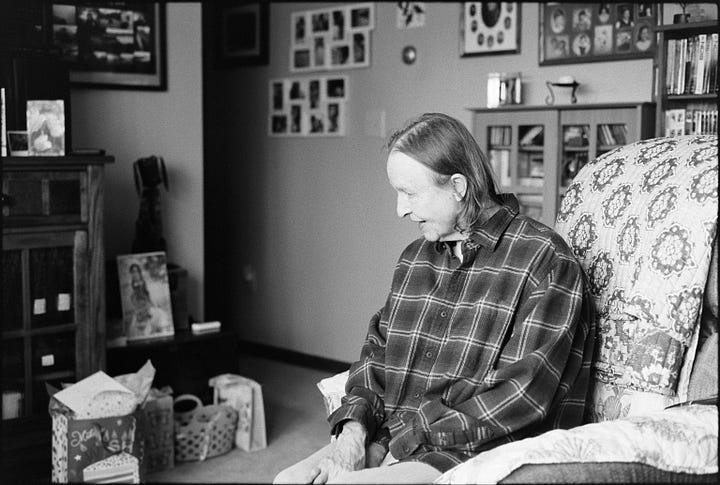
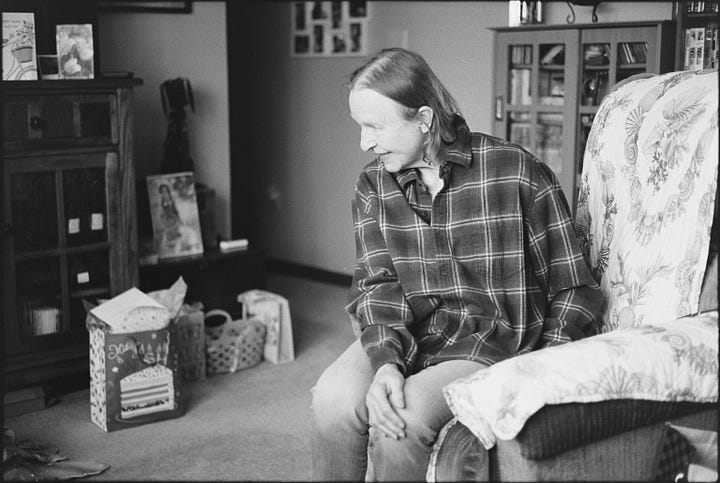
Main stars of the shots that I’m showing, aside from nature are Dad and Mom. Kiddo doesn’t get put on the internet much, if we can avoid it. In these, the contrast (tonal range) is more spread out.
The expired/old film for an example frame (student sitting on the concrete) is a bit more of a compressed contrast range.
So, I have brought in my levels to 23 on the low side to “equal” 0, and 219 on the high side to “equal” 255. I also fiddled with the middle/grey point to get the mid-tones to where I wanted them, more or less. Then I invert the frame with an inverse curve, and give it some wiggles to get it to where I want it, more or less.
Contrast (heh) that with the levels and curve, from Dad’s kitchen.
This one is spread out a lot more, I didn’t have to bring “in” the high end, and I only just nudged the low end up a bit. I didn’t have to mess around with the mid-tones at all. Then I did a similar curve to get me a happy tone curve in the image.
Long story short, if you are using film that is at least a decade out of date, if it’s black and white, it might work pretty well! Just maybe shoot a test roll first. A good rule of thumb is one stop per decade of being expired, but… I’ve heard that may be overkill.
If you only have one roll, and you have a local photo lab they might be able to clip some off, and do some tests for you (I think it’s called a clip test) so that you don’t have to sacrifice the whole roll, but… you will lose some frames. Obviously, your mileage will vary, depending on how the film was stored, and probably a LOT of other variables.



